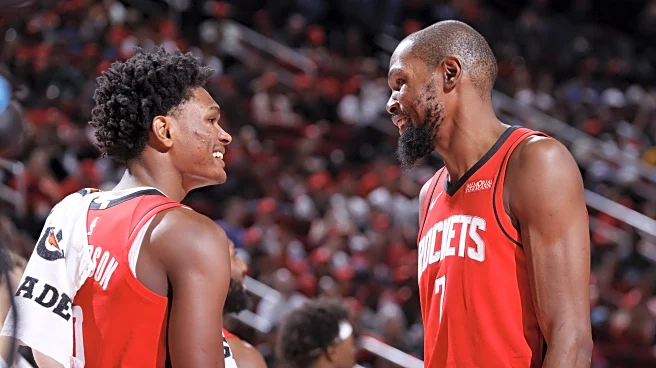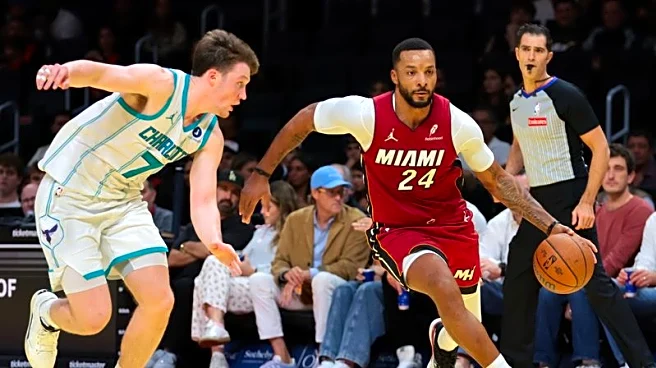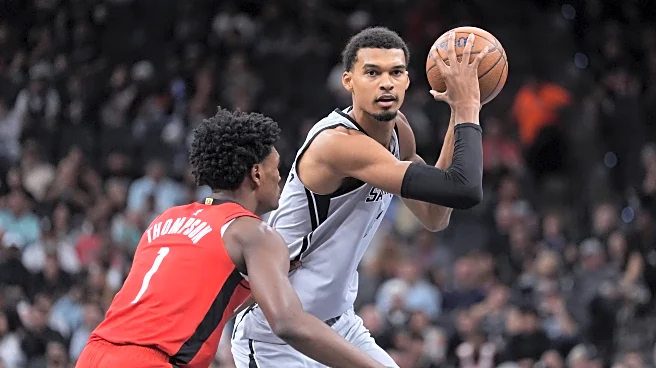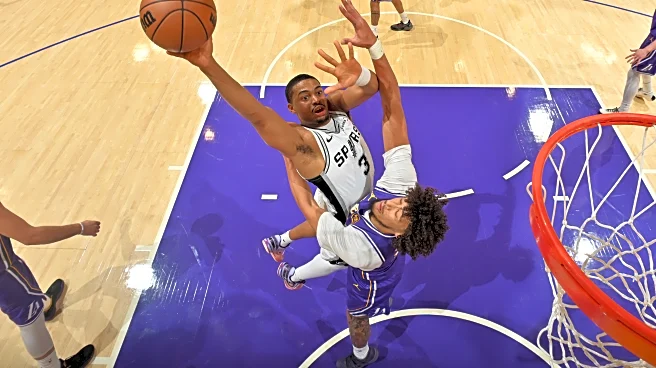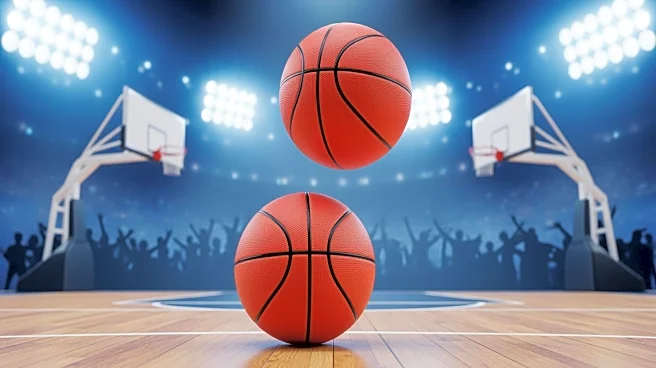Mass amnesia is a hypothetical phenomenon that doesn’t have a real-world example:
Unless we’ve all forgotten about something, that is.
That said, some circumstances can feel like a case of mass amnesia.
You don’t have to look further than NBA X. Every year, the majority of its users seem to forget that you need a reasonable sample size before you can make conclusions about – well, anything.
One good half of basketball? There’s your MVP! One bad half? Be prepared for a dreadful season. It’s an infuriating cycle. Nobody remembers what anybody else said, so nobody’s held accountable. It’s an arms race to get to the hot take first. If it’s right, you solidify your status as a genius. If it’s wrong, you try again next year.
Anyway, the Rockets are 5-3. That’s an eight-game sample size. It’s not enough to make any sweeping conclusions, but it’s enough to form some basis for speculation.
Here are four areas to keep an eye on as the sample size expands.
1. Three-Point Shooting
This one is a case of don’t shoot the messenger, and by don’t shoot, I mean don’t be gratuitously mean in the comments.
Much has been made of the Rockets’ three-point accuracy in 2025-26. The significance of that accuracy has perhaps been exaggerated. Sure, the Rockets are hitting an NBA-best 43.3% of their triples. They’re also taking an NBA-lowest 29.8 threes per game. That means they’re only making the 19th-most nightly threes in the NBA (12.9).
The Rockets treat the three-point line like Frank Ocean treats releasing albums. He’s only going to drop if he thinks he’s got a masterpiece in hand.
That’s fine – albeit frustrating for fans – in the case of Mr.Ocean, but the Rockets can’t afford the same trepidation. It’s antithetical to the Mike D’Antoni math we all knew (and loved?). The Rockets aren’t winning the numbers game from beyond the arc, which mitigates the value of their accuracy.
That’s not to say they should lead the league in attempts. The Rockets aren’t constructed to do that. If they could just launch five more per game, they’d creep inside the top 20 in volume. Even if they slip a few spots in accuracy, the numbers ought to justify an offensive adjustment.
2. Opponent Three-Point Shooting
In writing this, I was almost a victim of post-hoc reasoning.
I was quite certain that, due to their frequently used 2-3 zone defense, the Rockets were allowing too many open threes. It certainly feels that way.
Turns out, the Rockets allow the lowest percentage of threes (9.8%) that NBA.com classifies as “open” (closest defender within 4-6 feet) in the NBA. They allow the 12th-lowest percentage of threes (20.9%) that classify as “wide open” (6 feet or more away). The stats suggest that the Rockets aren’t defending the three poorly:
They’re just getting unlucky.
On those open threes, opponents are shooting 37.7%, which ranks 10th. On the wide-open attempts, opponents are hitting 47.6% of their triples – the best (or from a Rockets perspective, worst) in the NBA.
In academic terms: Yay! This is good news. The Rockets ought to marginally increase their three-point volume, but their opponents’ shooting luck ought to normalize as well. Once that happens, the extra possession advantage the Rockets still enjoy with elite offensive rebounding ought to pronounce itself more.
Although the team still needs to control what they can control.
3. Assist-to-Turnover Ratio
The Rockets’ 1.49 Assist-to-Turnover (AST/TO) ratio is fifth-worst in the NBA. A (not so) fun fact: They’re the only team in the bottom five with a winning record.
I know. You’re exhausted by the “do the Rockets need a point guard” convo. Well, nobody’s beating a dead horse here. This horse is alive, well, and turning the ball over 23 times against the Spurs.
They need a starting-caliber point guard, OK? This section will be short. That’s a succinct bottom line that requires little elaboration.
This doesn’t mean giving up on Reed Sheppard. It doesn’t mean rolling the dice on Ja Morant. It means go out and get Jose Alvarado, or Dennis Schroder, or someone. Someone who can outplay Aaron Holiday without demanding so much playing time as to deny Sheppard all opportunity.
As it stands, the Rockets aren’t maximizing their prize acquisition.
4. Kevin Durant’s efficiency
The year was 2008. Barack Obama was elected in November. You couldn’t turn on a radio without hearing Flo Rida’s account of an unnamed shorty with a strong predilection for getting low. They were the best of times, and the worst of times.
It was also the last time Kevin Durant posted a lower True Shooting % (TS%) than his 60.3% through 2025-26 so far.
This is where the small sample size caveat comes into play. Durant’s mid-range jumpers have had an annoying habit of just barely popping out of the basket this year. It’s likely to change.
That said, there are basketball reasons to be concerned. The only other reliable offensive creator on this roster is Alperen Sengun. Ime Udoka can’t play them both for 48 minutes per game, so some staggering has been necessary.
When Durant is on the floor alone, defenses crowd him like teenage girls sharing a public space with The Beatles in 1965. Even when he’s sharing the floor with Sengun, they crowd him like teenage girls sharing a public space with The Monkeys in 1967.
Jose Alvarado won’t change that, but it would at least give the Rockets someone else to bring the ball up the floor with. If the Rockets had a more consistent floor general who could bring the ball up and decide whether to initiate the offense through Durant or Sengun, it would keep opponents on their toes.
They may even forget who the Rockets are more likely to get the ball to.
